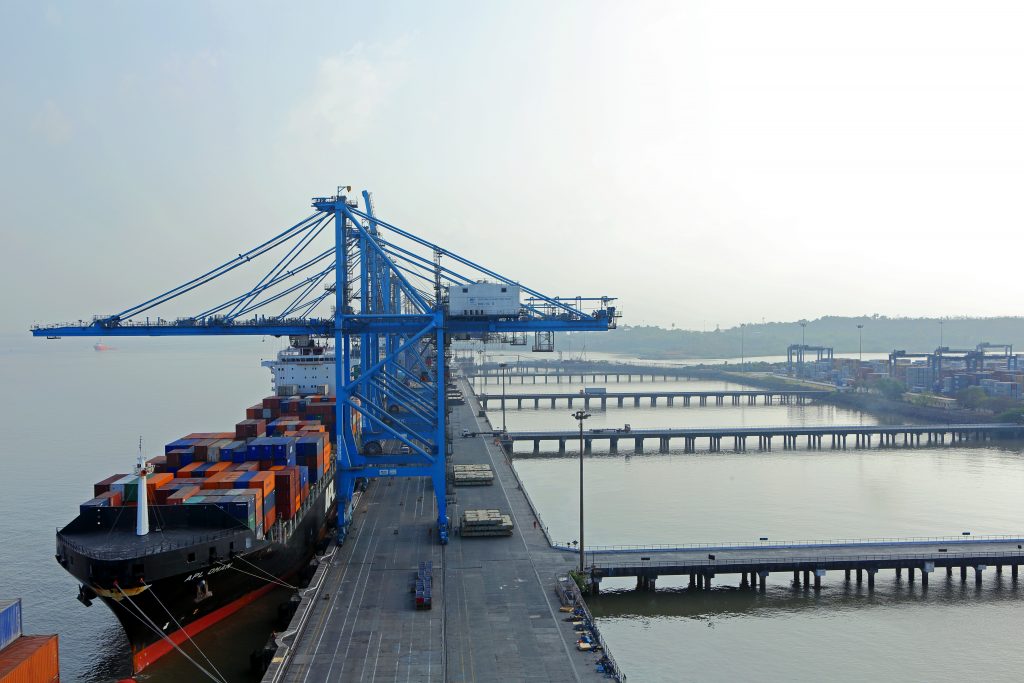At a time when Nepal is bracing for a multi-billion dollar bill for rail connectivity to Chinese ports located over 4,000 km away, India is discussing the possibility of giving Bangladesh access to the west coast ports of JNPT or Mundra, which can receive large mother vessels and are located a little over 2,000 km away from Dhaka.
The connectivity will come at no extra cost, as a series of India-sponsored rail-link projects are under implementation between India and Bangladesh. And, Dhaka is building a bridge over the Padma river. The proposal, which is in initial stages, is a win-win for both the countries. Bangladesh now ships its exports, mostly garments, by daughter vessels through the congested Chittagong port to Colombo, Singapore or Port of Klang for transshipment to mother vessels. The entire process is time-consuming with cost implications.
Bangladesh aspires to have deep-sea ports. However, considering its limited cargo potential, there is a question mark over the viability of such facilities, which involve substantial investments. Also, there is no guarantee that shipping lines will send mother vessels to Bangladesh.
India has already offered Bangladesh the right to use Kolkata port (in exchange for Bangladesh granting the North-East region access to Chittagong port). However, it may not solve the long-term problems of Dhaka, as Kolkata, being a river port, cannot draw large vessels.
The other Indian ports on the east coast are either yet to have container traffic or suffer from low draft. India is building three ports — including the proposed $4-billion Vizhinjam port by Adani group — to attract transshipment traffic from Colombo or Klang. However, this will take time. Meanwhile, the Narendra Modi government is keen to improve India’s attractiveness as a transshipment hub by inviting neighbours to use its deep-draft port facilities on the west coast.
With Customs having implemented the electronic cargo tracking system, third country containers can easily pass through without physical checks and the resultant delay. The huge investments underway in rail infra will make movement of goods easier. It might also add to the viability of the upcoming freight corridor.
With connectivity issues getting resolved fast, both India and Bangladesh are looking forward to making better use of the infrastructure.






